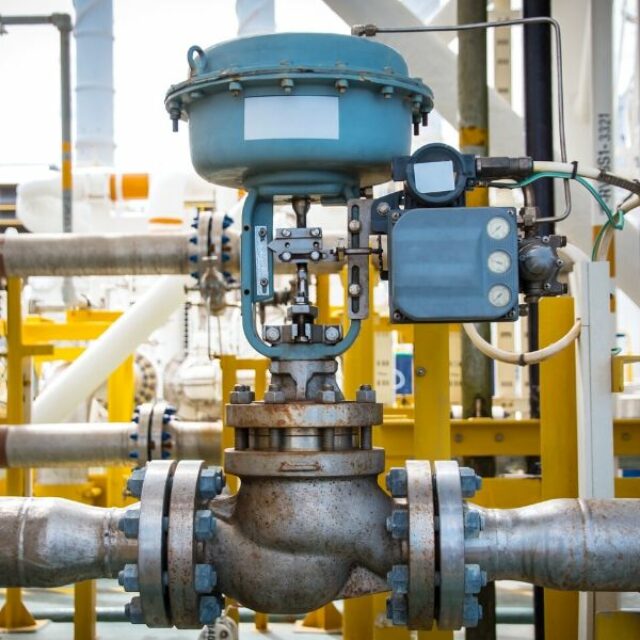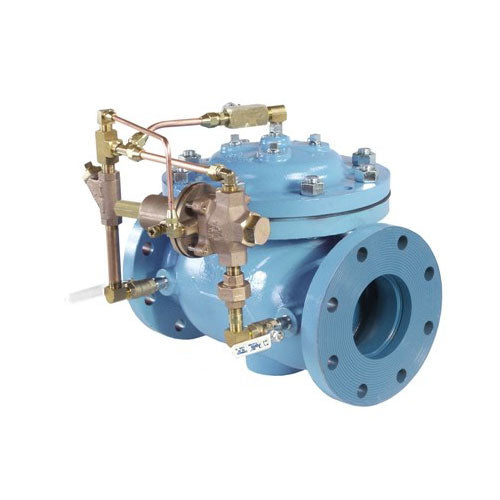The Role of Control Valves in Fluid Flow Administration Equipment
The Role of Control Valves in Fluid Flow Administration Equipment
Blog Article

Maximize Power Savings and Comfort With Advanced Structure Automation Controls
In the realm of modern architecture and center management, the integration of sophisticated structure automation regulates stands as a critical improvement. By harnessing the power of automation, buildings can adjust, respond, and develop in means that were as soon as unthinkable.
Energy Efficiency Perks
Power efficiency advantages can considerably minimize power usage and operational expenses in buildings. By implementing energy-efficient methods and technologies, building owners and operators can accomplish substantial cost savings while also adding to environmental sustainability. One of the key benefits of enhancing energy efficiency in buildings is the reduction of utility bills. Energy-efficient systems, such as sophisticated structure automation controls, can enhance making use of sources like lighting, home heating, and cooling, bring about reduced energy expenditures in time.
Additionally, enhanced energy performance can extend the life expectancy of building tools and systems. By operating more effectively, HVAC systems, light, and various other building elements experience less deterioration, leading to minimized upkeep and substitute prices. In addition, energy-efficient structures commonly regulate greater building worths and rental prices, supplying long-term financial benefits to owners.
Additionally, power efficiency can enhance occupant convenience and productivity. Effectively controlled indoor environments with optimal illumination and thermal problems develop a more positive and helpful work area, causing improved employee satisfaction and performance. On the whole, the power performance advantages connected with sophisticated building automation controls are complex, encompassing cost savings, ecological stewardship, and occupant wellness.
Boosted Comfort Control
Enhancing comfort control in structure settings needs a sophisticated combination of innovative automation systems for optimum owner health. By using sophisticated structure automation controls, centers can tailor the indoor setting to satisfy the particular needs and choices of passengers. These systems allow accurate law of temperature level, lighting, and ventilation, developing a comfortable and efficient environment. Passenger complete satisfaction and efficiency are carefully connected to thermal convenience, making it important to have systems in position that can adjust to altering problems in real-time.
Boosted convenience control goes past basic temperature modifications. It consists of attributes such as personalized settings, occupancy sensing units, and all-natural light application to produce a dynamic and receptive setting. By incorporating these innovative controls, structures can not just enhance convenience but additionally enhance energy efficiency by enhancing system operations based on real occupancy and usage patterns. Ultimately, focusing on owner convenience with sophisticated automation systems leads to a much more delightful and much healthier indoor atmosphere.
Operational Effectiveness Improvements

Additionally, the implementation of real-time tracking and analytics devices makes it possible for structure drivers to recognize energy inefficiencies and operational abnormalities promptly. By continuously keeping track of published here energy use patterns and system efficiency metrics, adjustments can be made in real-time to maximize power consumption and make sure peak functional effectiveness. control valves. In addition, incorporating need reaction strategies right into building automation controls can even more improve functional effectiveness by dynamically adjusting energy use based upon grid conditions and rates signals
Indoor Climate Optimization
Efficient interior environment optimization is a fundamental facet of building automation controls, making certain owners' comfort and health while optimizing energy cost savings. By making use of innovative sensing units and controls, building automation systems can continuously keep an eye on and readjust temperature, moisture levels, air high quality, and ventilation to create an optimum indoor environment. Preserving constant and comfortable problems not just enhances occupant satisfaction yet also boosts productivity and general health.
Interior climate optimization additionally plays an important function in power efficiency. By fine-tuning ventilation, home heating, and air conditioning systems based upon real-time information and occupancy patterns, constructing automation controls can substantially reduce energy consumption - control valves. Applying approaches such as demand-controlled ventilation and thermal zoning can aid minimize power waste while ensuring that each location of the structure receives the needed conditioning.

Sustainable Setting Development
Building automation manages not only maximize interior environment conditions for energy efficiency and owner convenience yet additionally lay the foundation for developing a lasting environment with critical monitoring of sources and systems. By incorporating sophisticated building automation modern technologies, such as sensors, actuators, and intelligent software application, facilities can keep an eye on and adjust energy use in real-time to reduce waste and lower their carbon footprint. These systems make it possible for predictive upkeep, determining possible problems before they rise and maximizing tools performance to boost durability and efficiency.
Additionally, lasting setting creation prolongs beyond power monitoring to encompass water preservation, waste decrease, and indoor air top quality improvement. Structure automation controls can regulate water use, identify leakages, and make sure appropriate waste disposal practices, adding to total sustainability efforts. Furthermore, by managing and keeping track of ventilation and filtration official statement systems, these technologies enhance occupant wellness and productivity while reducing energy intake related to cooling and heating procedures.
Conclusion
In conclusion, advanced structure automation controls deal substantial advantages in terms of power financial savings, comfort control, functional performance, interior environment optimization, and producing a sustainable environment. By implementing these controls, structures can achieve optimal performance while decreasing energy consumption and boosting occupant convenience. It appears that using advanced automation modern technology is essential in boosting structure efficiency and creating a much more lasting future.
Energy efficiency benefits can dramatically reduce energy usage and functional costs in structures. On the whole, the power efficiency advantages associated with advanced structure automation controls are diverse, encompassing cost savings, ecological stewardship, and occupant health.
Furthermore, including demand reaction methods into structure automation controls can even more improve operational effectiveness by dynamically adjusting power use based on grid conditions and prices signals.
Building automation manages not just optimize interior climate conditions for power performance and passenger convenience however also lay the foundation for creating a sustainable setting via tactical monitoring of resources and systems.In verdict, progressed structure automation controls offer significant benefits in terms of energy cost savings, convenience control, operational performance, interior environment optimization, and producing a sustainable environment.
Report this page